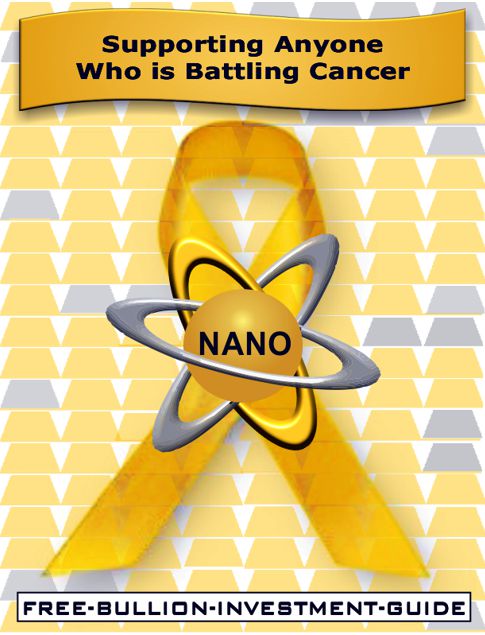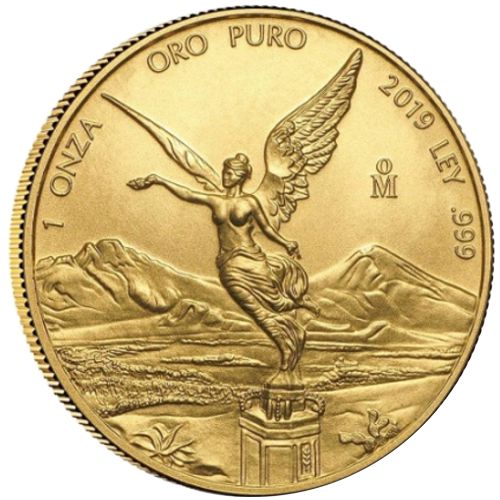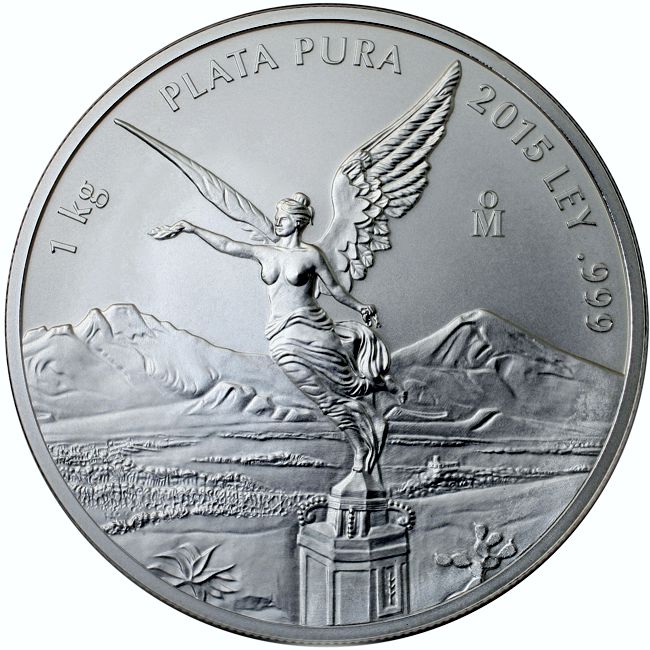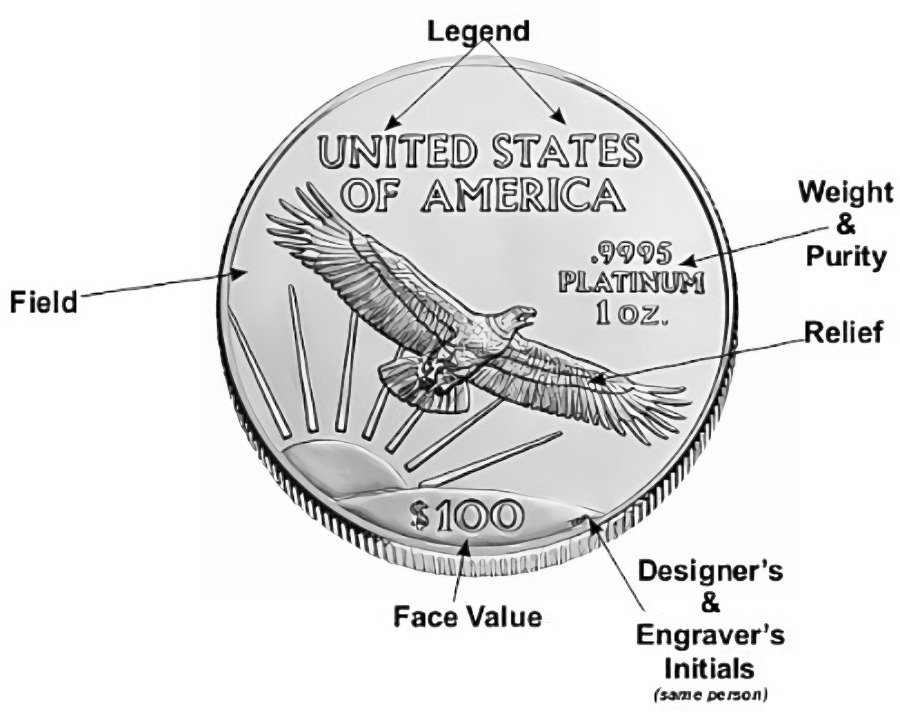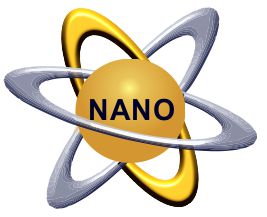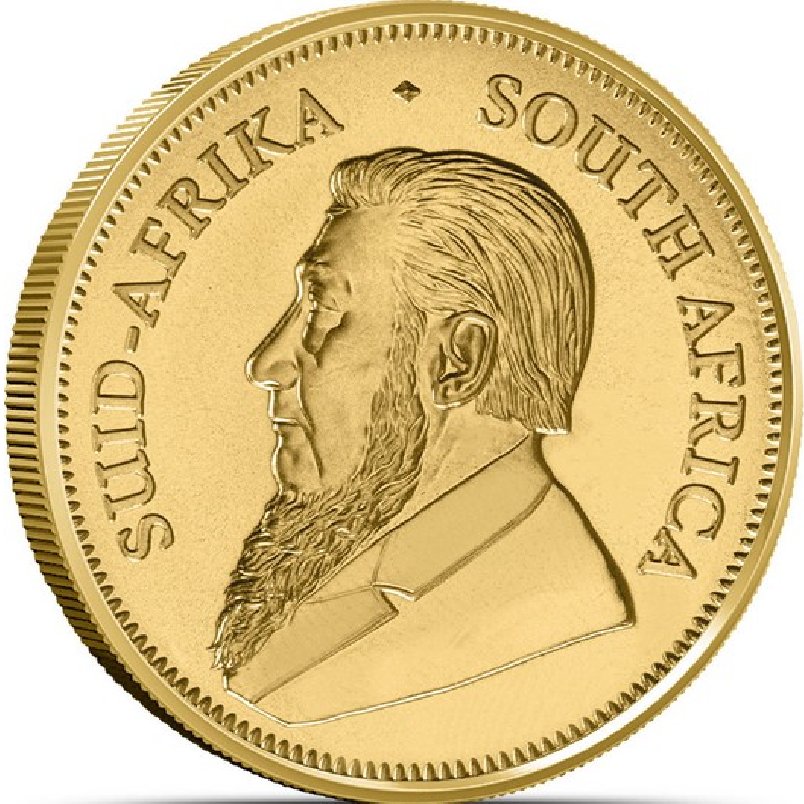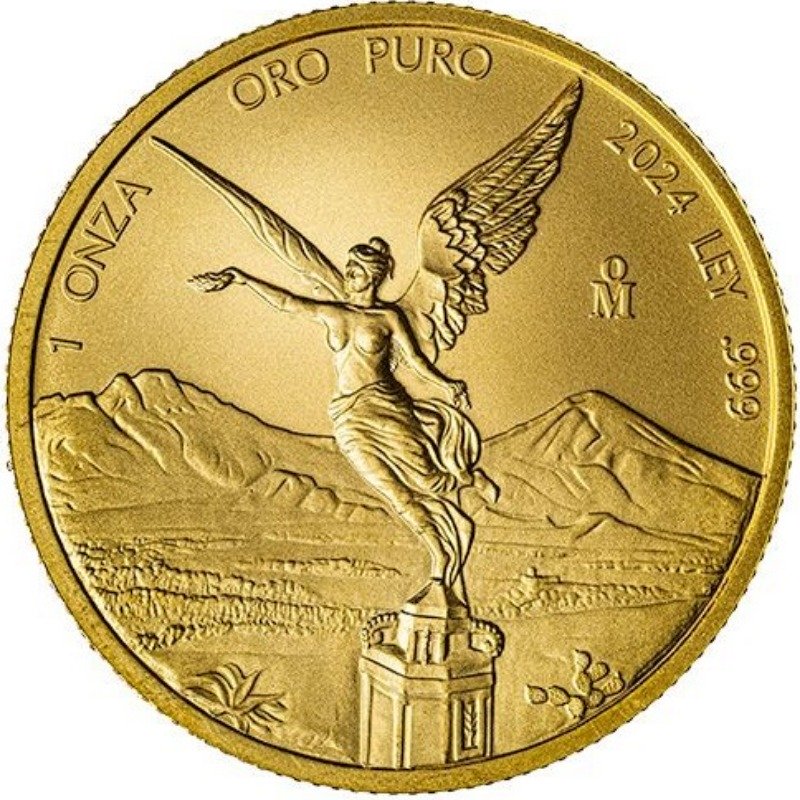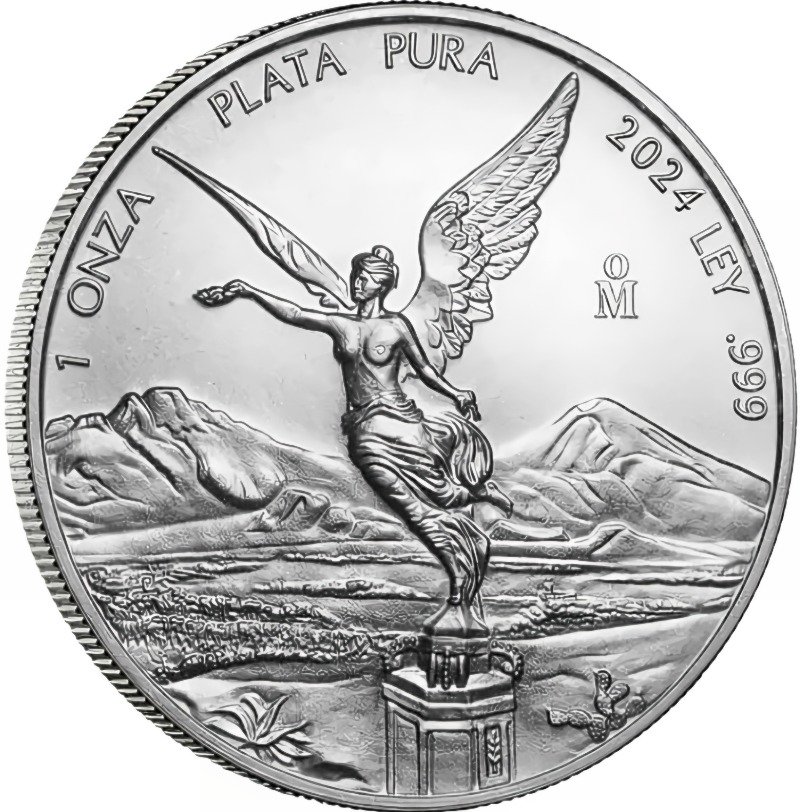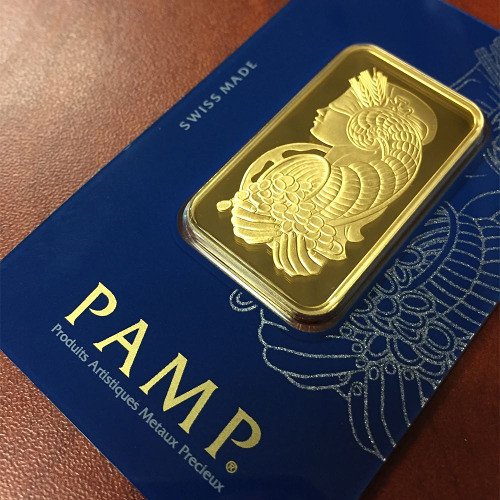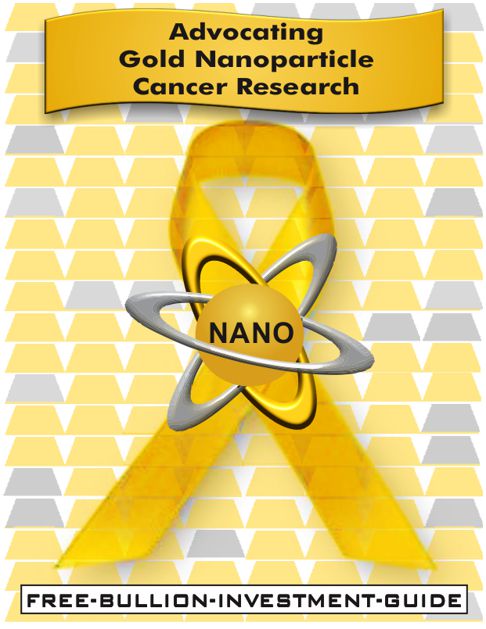Gold-Nano Blog / Gold Nanoparticle Cancer Research News #1
Gold Nanoparticle Cancer Research News
#1
Originally Posted on 10/22/2017 @ 4:22 pm
by Steven Warrenfeltz
Subscribe to this Blog
The Free Bullion Investment Guide is unique compared to other guides because it not only serves as a physical precious metals bullion guide but also supports Gold Nanoparticle Cancer Research.
Gold Nanoparticles in Cancer Research are designed to kill cancer cells without harming healthy tissues; therefore, it does not have harmful side effects.
Medicine should heal, not harm an individual; we need to get out of the 20th-century ways of treating cancer and start using 21st-century methods to treat cancer.
Gold Nanoparticle Cancer Research has repeatedly shown, in study after study, that it should be one of the 21st century's better ways of treating cancer.
In this report, you'll find summaries of the most promising and compelling studies in regards to gold nanoparticle medical research.
Below is a glimpse into what you'll find in this report:
- Gold Nanoparticles and CRISPR
- Professor Invents New Cancer Imaging Tool using Gold Nanoparticles
- Gold Nanoparticle Cancer Research & THC (Tetrahydrocannabinol)
- India / Russia Gold Nanoparticle Research
- Inexpensive, Non-Invasive Tool for the Early Cancer Detection
Gold Nanoparticles
and CRISPR
|
The first piece of news in this update involves CRISPR/Cas-9 gene therapy. CRISPR (stands for 'Clustered Regularly Interspaced Short Palindromic Repeats') is a genome-editing tool that splices DNA. It inhibits bad genes by removing bad DNA strands, and replacing them with an improved strand of DNA code; the short video provides more information about CRISPR. |
Video What is CRISPR? |
In the excerpt below, the Director of NIH writes that Gold Nanoparticles have proved to be a better delivery system for CRISPER than any prior delivery systems.
"The challenge is delivering all these components into the appropriate tissues in a safe and efficient manner. Currently, most researchers use inactivated, non-disease-causing viruses to ferry various parts of the CRISPR/Cas9 system into cells.
However, because of size constraints, it’s not possible to fit all three components into a single virus. Also, because of the large number of viral particles needed to carry CRISPR/Cas9 components in separately, there are concerns that viral delivery systems could trigger immune responses in people.
Not only could such immune responses pose a safety hazard to patients, they could also reduce the effectiveness of the viral delivery system.
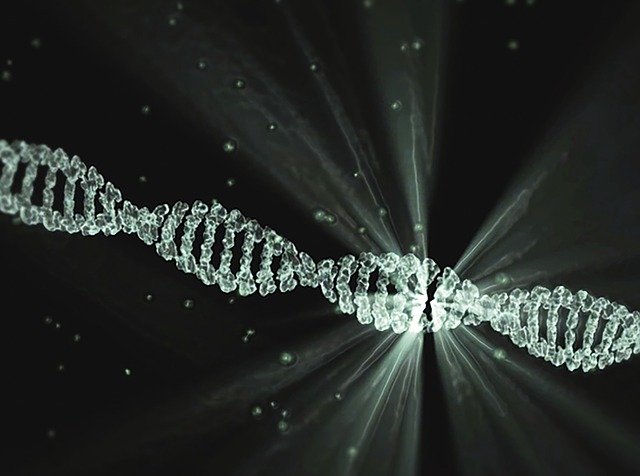
Because of these challenges, there’s been great interest in developing better ways to deliver CRISPR/Cas9 therapeutics.
In the new study recently reported in Nature Biomedical Engineering, Irina Conboy and Niren Murthy at the University of California, Berkeley, decided to try a delivery vehicle they call CRISPR-Gold.
Gold might seem like an odd choice, but gold nanoparticles possess a special ability to penetrate cell membranes and have been considered for use in delivering therapies for cancer, rheumatoid arthritis, and many other conditions.
In addition, gold is generally well tolerated by the human body and has the advantage of linking easily to DNA."
Professor Invents
New Cancer Imaging Tool using
Gold Nanoparticles
The next article comes from Georgia State University, where a Chemistry Professor, Dr. Ning Fang, has developed a new Optical Imaging Tool to Target Cancer Cells.

The new optical imaging technique is called 'SPORT' which is short for 'Single Particle Orientation and Rotational Tracking.'
Dr. Fang's invention is a differential interference contrast (DIC) microscopy-based imaging tool; it traces gold nanoparticles of various shapes and sizes.
In the article, Dr. Ning Fang stated the following about using Gold Nanoparticles:
"Gold nanoparticles can inhibit cancer cell migration and prevent metastasis, which is a leading cause of cancer-related deaths. Until now, not much has been understood about why gold nanoparticles have this ability. The SPORT helps answer this question, providing insight into nanoparticle-protein and cell interactions specifically related to cell migration.” - Dr. Ning Fang
See the full article below, to learn more about Dr. Fang’s progress with his research: Chemistry Professor Develops Optical Imaging Tool To Target Cancer CellsGold Nanoparticle Cancer Research
&
THC
(Tetrahydrocannabinol)
A team of researchers out of Boston, MA, led by Wilfred Ngwa, Ph.D., has published a report proposing the use of gold nanoparticle drones armed with cannabinoids to fight tumors.
The research proposes that these new gold nanoparticle drones would carry payloads of cannabinoids (THC) and radio-sensitizers (radiation drugs) to the targeted cancer cells.
Dr. Ngwa states the following in the article about using Gold Nanoparticles for his research:
“They are biocompatible radiosensitizers,” states the report, “proffering relatively no toxicity. They can readily interact with photons by the photoelectric effect, to emit missile-like photoelectrons or Auger electrons in the micrometer range, to substantially boost [radiotherapy] damage to cancer cells.” - Wilfred Ngwa, Ph.D.
Click this link to read the full article and learn more about this research: Lung cancer being targeted by nano-drone delivered cannabinoidsIndia / Russia
Gold Nanoparticle Research
A Russian/Indian research team from the National University of Science and Technology MISIS, in Moscow, and the Saha Institute of Nuclear Physics, in Kolkata, conducted experiments in the following news summary.
In the study, the joint researchers used Gold Nano-Stars and Lasers to kill cancer cells, below is an excerpt from the article.
"The focus of the research was to formulate a benign nanostructure suitable for medicinal purpose," Dulal Senapati from the Saha Institute of Nuclear Physics and head of the NUST MISIS infrastructure project, told IANS.
Star-shaped nanoparticles appear to be the most efficient in photothermal therapy (PTT) that uses light radiation for the treatment of many medical conditions, including cancer.
In this process, nanoparticles embedded within tumours generate heat in response to externally applied laser light. It has been well documented as an independent strategy for highly selective cancer treatment.
Senapati said when a nanoparticle reaches the affected area, the area is blasted with a laser pulse. The nanoparticle absorbs the light and focuses it like a lens, directing it straight to the star's sharp edge.
This light is then converted into heat which is concentrated at the star's tip. The generated heat flow breaks the membrane of a cancer cell and destroys it while not harming the healthy cells.”
Read the full article here: Indian, Russian scientists craft gold nanostars to destroy cancer cellsInexpensive, Non-Invasive Tool
for the Early Cancer Detection
The last article is from the University of Wollongong and Griffith University in Australia, where researchers have developed a new class of nanoporous, iron oxide, gold nano-cubes that can be used as an inexpensive, non-invasive tool for the early cancer detection.
Dr. Md. Shahriar Hossain, one of the researchers in this study stated the following about the findings of the research:
“Early diagnosis of cancer leads to more effective and cheaper treatment, and the majority of cancers can be treated successfully if they are detected at their earliest stages,” Dr. Hossain said.
“However, current cancer diagnostic methods are relatively expensive and most people in developing countries can’t afford them and don’t have easy access to the equipment needed to perform them.
“The test we have developed is cheap, simple and portable. It can be used for rapid screening of early cancer biomarker in areas where people can’t afford the high economic burden of other cancer diagnostic methods.” - Dr. Md. Shahriar Hossain
Full article: Gold nanomaterial offers cheap way to detect cancerBefore you go...
Thank You for your Time.
Take Care & God Bless,
Steve
Other pages, on this Guide, that you
may like...
|
|
|
Gold Nanoparticle Cancer Research
News Update #1
|
Support this Guide & Paypal Thank You for Your Support |
|
|
 | |||||
Free Bullion Investment Guide
Keep this Guide Online
& Paypal
Thank You for
Your Support
Search the Guide
| search engine by freefind | advanced |

Daily
Newsletter
Mintages
for
2024
Gold & Silver Mexican Libertad
|
Gold Libertads |
Chinese Gold Coin Group Co.
& Chinese Bullion
2025
Gold & Silver Chinese Panda
|
Silver Panda |
Help Us Expand our Audience by forwarding our link
www.free-bullion-investment-guide.com.
Thank You!
March's

All Articles were Originally Posted on the Homepage
